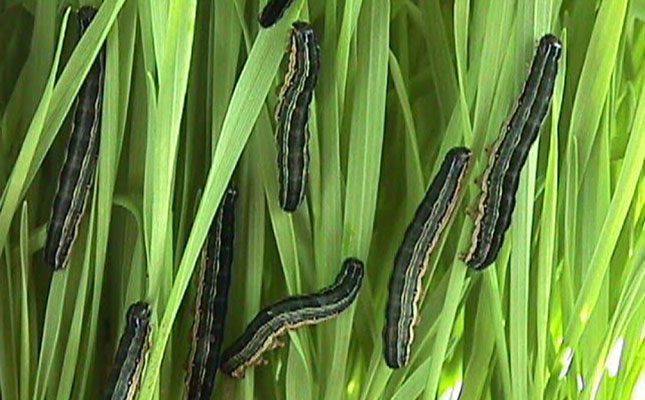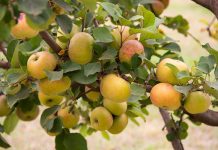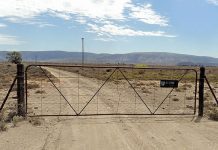
Photo: Grain SA
According to Price and Kgatle, outbreaks had been reported in Groblersdal in Limpopo; Carolina and Badplaas in Mpumalanga; and Pretoria North and Bronkhorstpruit in Gauteng.
“The worms are carried by winds from Central Africa, so this is not a localised issue. They invade the country as moths, lay eggs, and breed, but die out before winter,” Price explained.
He said that while African armyworm outbreaks were sporadic, they were relatively common. He added that the severity of outbreaks varied and depended on the size of infestations in Central Africa.
“This season, the infestation appears to be small so far. We are unsure how extensive it will become, but with colder weather approaching, fewer reports are expected,” Price said.
He added that pastures were most at risk, and that livestock farmers needed to be on the lookout as kikuyu released cyanide-like chemicals, making the grass toxic to cattle, when attacked by the African armyworm.
“Cattle can get sick, and in some cases, large areas of pastureland can be completely devastated by these so-called ‘commando worms’,” he said.
In terms of management, Price said it was not necessarily cost-effective to apply chemical sprays.
“[This is because] the infestations occur over large areas. [Should you spray], we recommend synthetic pyrethroid insecticides. However, in most cases, spraying on a large scale is not viable,” he said.
Meanwhile, Kgatle said that maize farmers whose crops were beyond the tasselling stage did not need to be overly concerned.
“The African armyworm prefers younger, fresher maize plants, provided its pasture food source is depleted.”
He added, however, that should the African armyworm migrate to younger maize crops in other provinces, there could be greater cause for concern.









